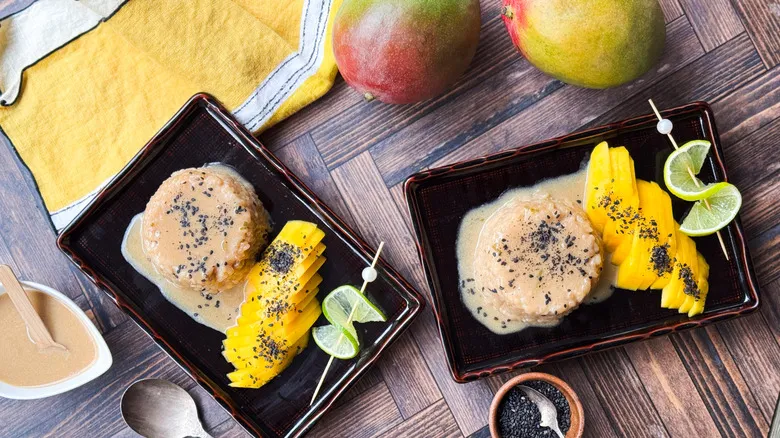Gather the shortcut mango sticky rice ingredients
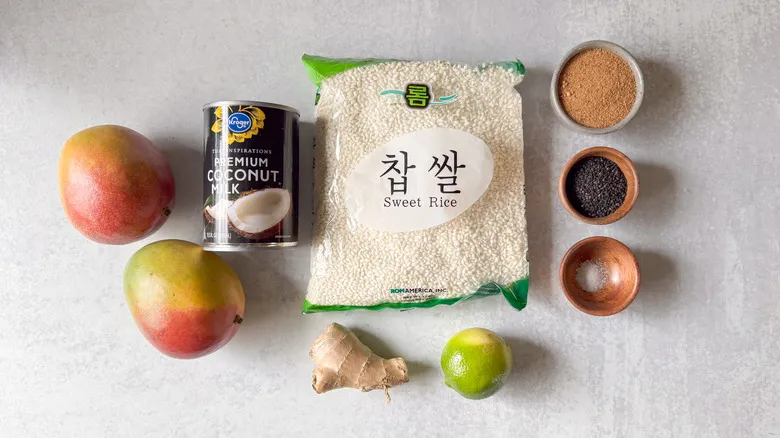
This recipe depends on sweet rice to achieve its sticky and creamy consistency. Avoid using regular long or short-grain white rice, as it will not yield the same results. After thoroughly rinsing and massaging the rice, it is mixed with full-fat canned coconut milk, fresh peeled ginger, and a pinch of salt to enhance the flavor. Make sure to choose a coconut milk with few additives and a high fat content, steering clear of "lite" options. Coconut sugar adds a rich, caramel-like taste and is incorporated into both the rice and the sauce. Lime zest brightens the sauce and complements the fresh mango slices served alongside. Kinnaird prefers using black sesame seeds for a striking visual effect, but white sesame seeds or a combination of both work just as well.
Step 1: Peel the mangoes
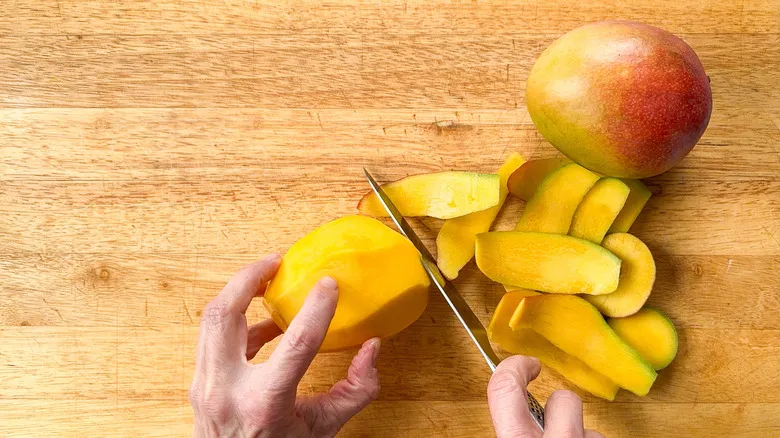
With a sharp knife, trim the ends and peel the mangoes, following the shape of the fruit.
Step 2: Slice the mangoes
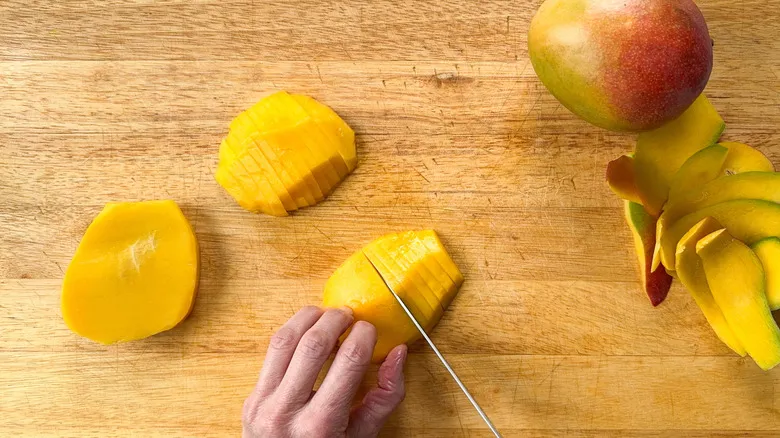
Remove the flesh from the pits, then slice it crosswise.
Step 3: Transfer the mango slices to a plate
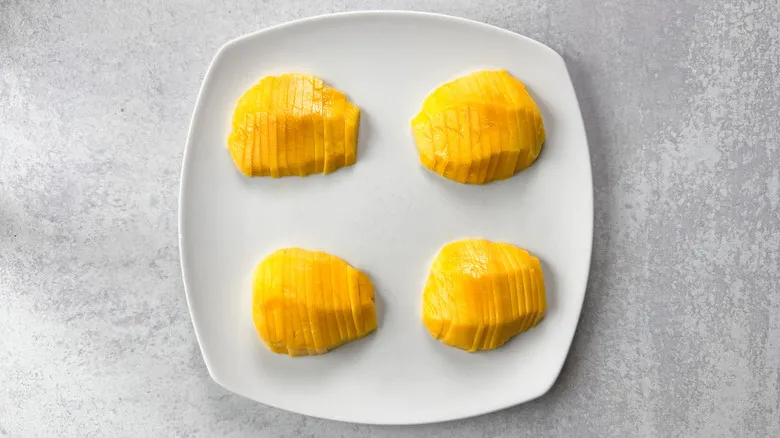
Gently move the prepared mango onto a plate and set it aside.
Step 4: Wash and massage the rice
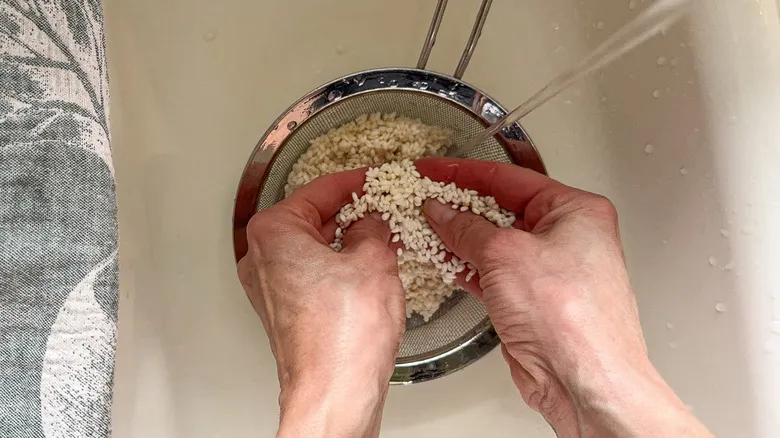
Put the rice in a fine mesh strainer and rinse it under gently flowing water, massaging the grains for a few minutes to help remove the outer layer of the rice kernels.
Step 5: Rinse the rice
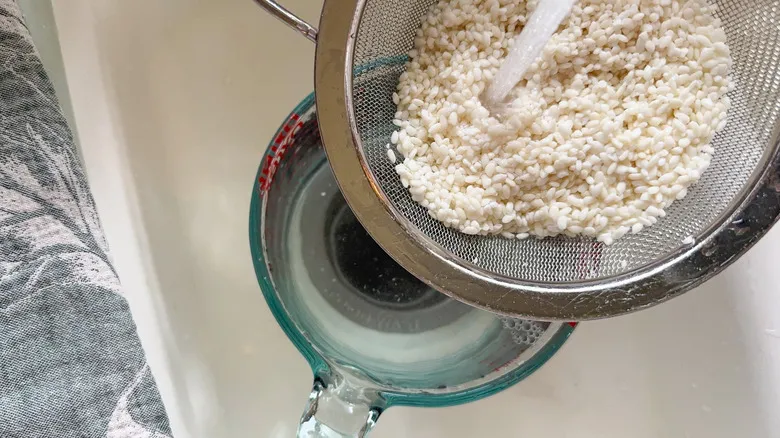
Wash the rice until the water is clear.
Step 6: Combine the rice, coconut milk, and ginger
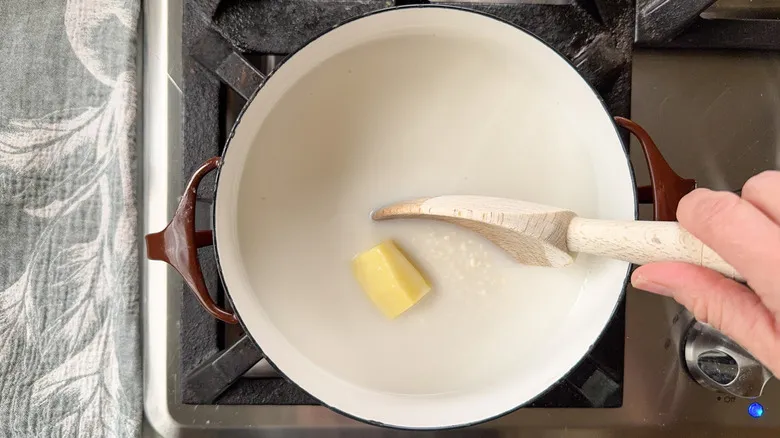
Place the rinsed rice in a medium saucepan and pour in 1 cup of coconut milk, 1 cup of water, along with the ginger root and salt.
Step 7: Cover the rice
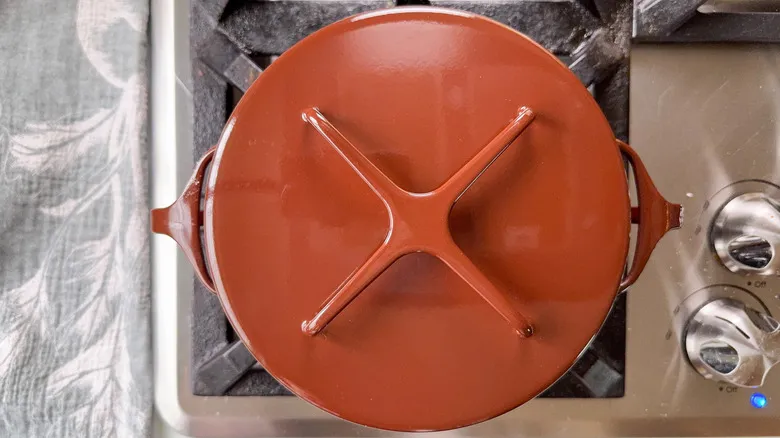
Heat gently until it reaches a light simmer over medium-low heat, then cover and let it cook for 5 minutes.
Step 8: Uncover and stir the rice
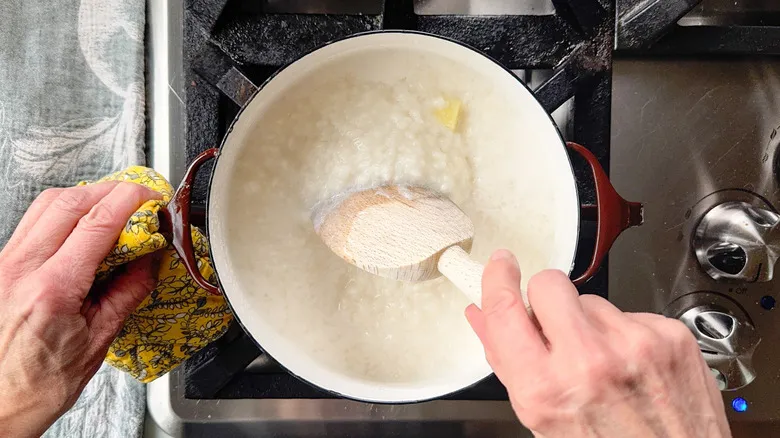
Take off the lid and stir the rice to keep it from sticking to the bottom of the pot. Put the lid back on and continue cooking for an additional 5-7 minutes, or until the rice is soft and most of the liquid has been absorbed.
Step 9: Remove the ginger root
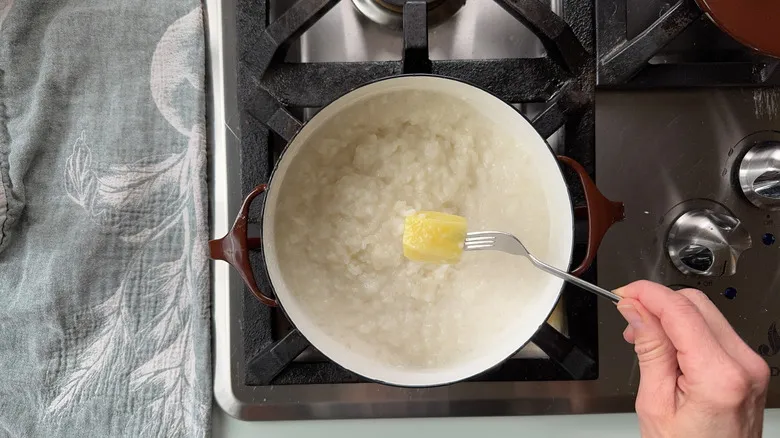
Take the ginger root out of the pot.
Step 10: Add coconut sugar to the rice
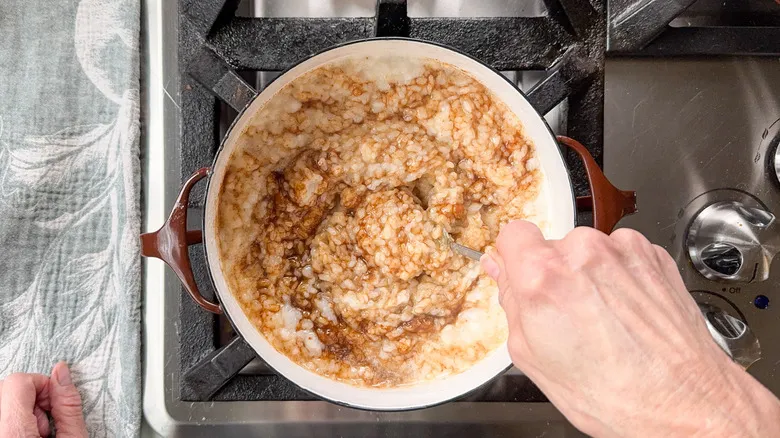
Take it off the heat and mix in 4 tablespoons of coconut sugar with the rice. Allow it to cool for a bit.
Step 11: Start the sauce
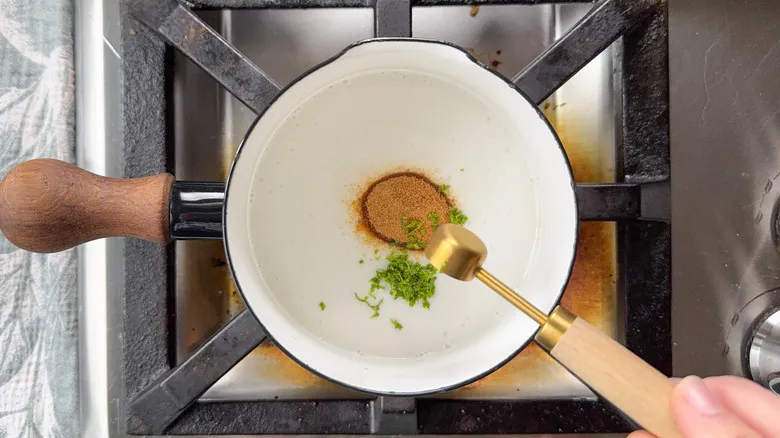
In a small saucepan, mix together the leftover coconut milk, the rest of the coconut sugar, and the lime zest.
Step 12: Cook and stir until thickened
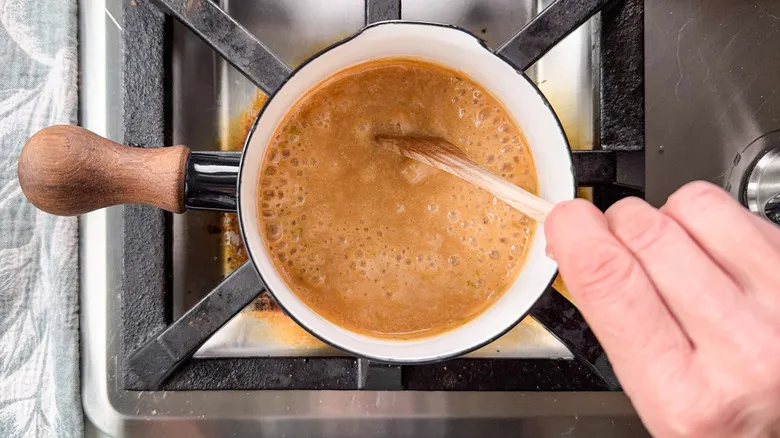
Sauté and mix over medium heat for approximately 5 minutes until it becomes slightly thick and bubbly.
Step 13: Pack the rice into molds
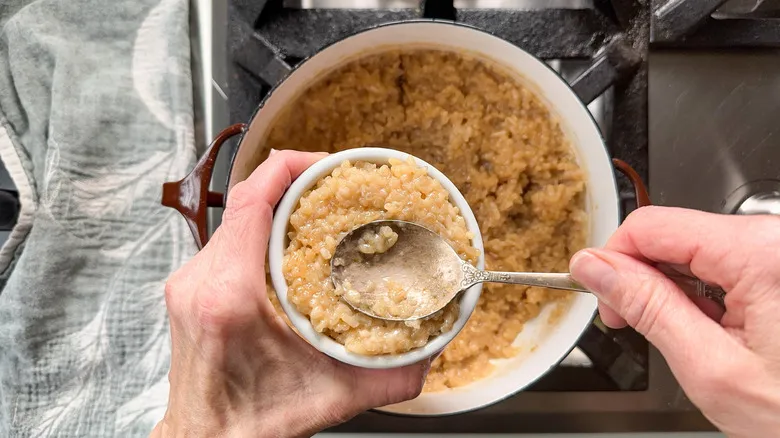
Utilize a scoop or spoon to fill an oiled 4-ounce ramekin or a comparable container with warm sticky rice, pressing it down firmly.
Step 14: Unmold the sticky rice
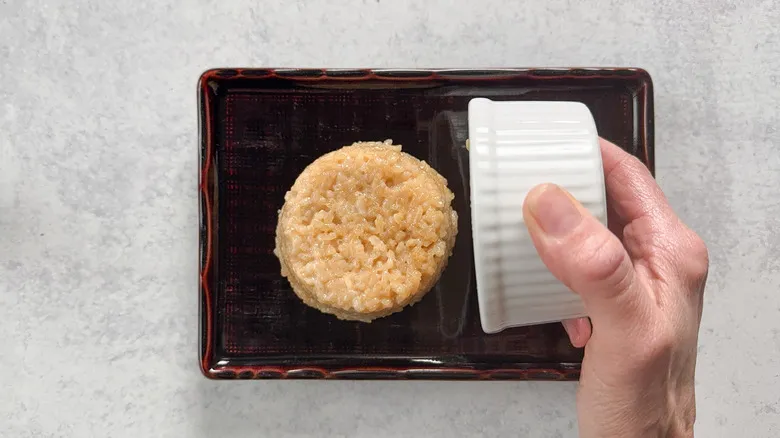
Flip the ramekin onto a serving plate and gently shake it to release the rice mold.
Step 15: Spoon some of the sauce over the sticky rice
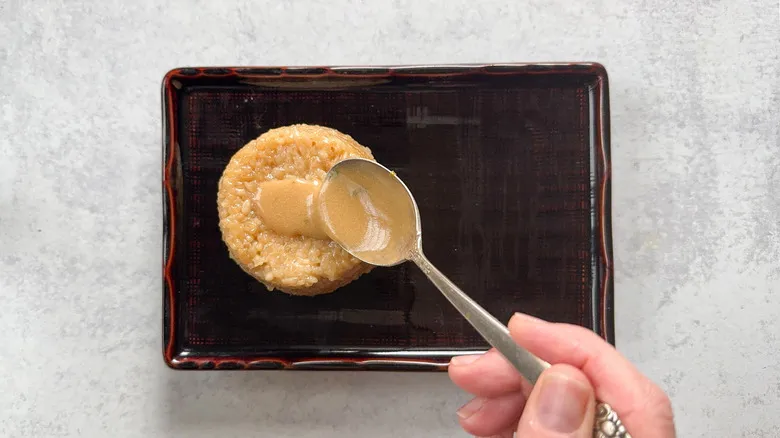
Drizzle a little of the coconut milk sauce over the rice, allowing it to cascade down the sides.
Step 16: Add some sliced mango
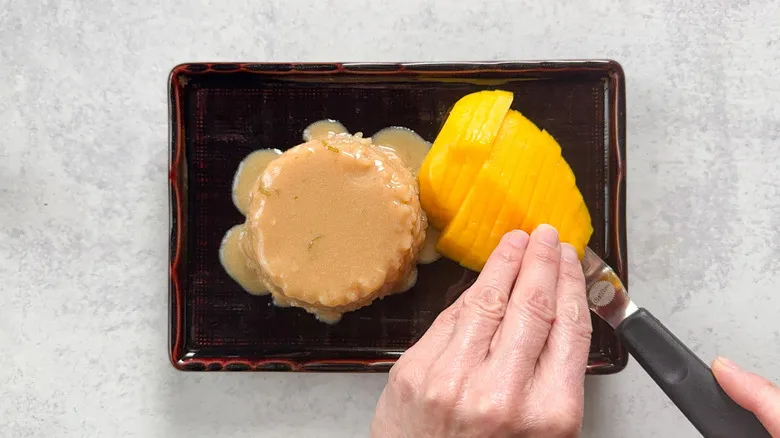
Place a few slices of mango onto the plate.
Step 17: Garnish and serve
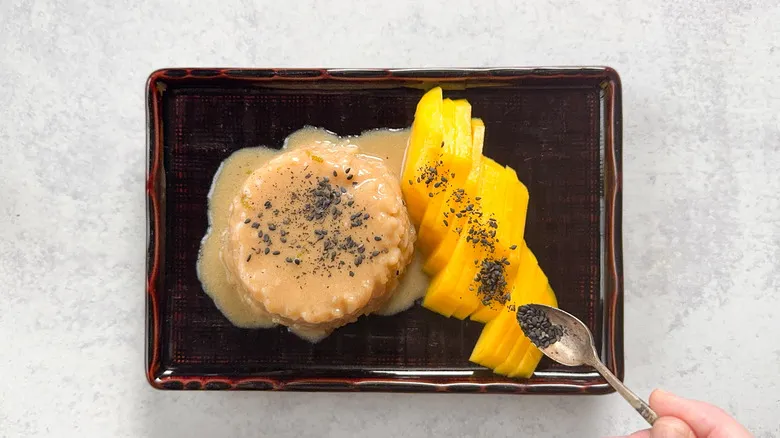
Sprinkle with sesame seeds and serve right away.
How is sweet rice different from regular white rice?
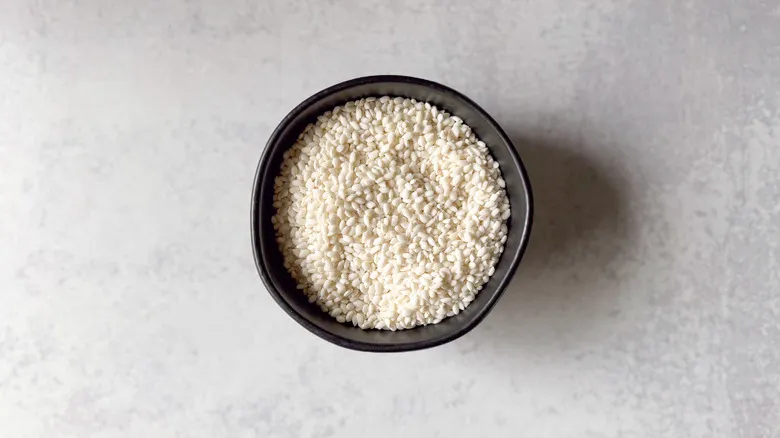
Sweet rice, commonly referred to as sticky rice or glutinous rice, is widely utilized across Asia in both sweet and savory dishes. Unlike regular white rice, sweet rice has a high concentration of amylopectin, a type of starch that contributes to its distinctive ultra-sticky consistency. In contrast, most other rice varieties contain both amylopectin and another starch called amylose, with the degree of stickiness varying based on the ratio of these two starches.
Despite being naturally gluten-free, sweet rice is called "glutinous rice" because of its sticky nature, not its gluten content. Its flavor is subtly sweet, making it an excellent option for desserts while also complementing savory dishes. The grains easily clump together, making sweet rice convenient to eat with chopsticks and ideal for shaping into molds or cakes. Additionally, sweet rice grains have a tougher outer layer compared to other white rice varieties. To achieve the best flavor and texture, it is crucial to rinse the rice thoroughly and either massage or steam the grains.
Can I prepare mango sticky rice in advance, and what is the best temperature to serve it?
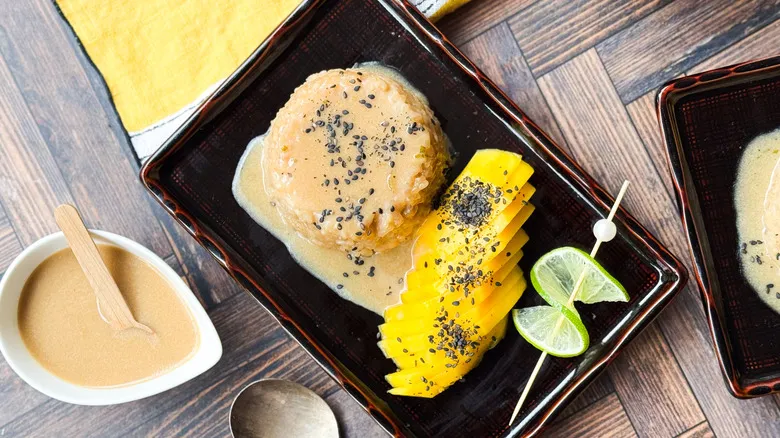
This quick mango sticky rice recipe includes several steps that can be prepared ahead of time for easier serving. First, you can make the sauce up to three days in advance and store it in a glass jar in the refrigerator until you're ready to use it. When it's time to serve, simply reheat the sauce gently in a pan or in the microwave on medium heat. Be careful not to overheat it, as this can cause the sauce to separate and lose its creamy consistency.
You can also peel and slice the mangoes up to a day before serving. Just remember to wrap them tightly in plastic and keep them refrigerated until you're ready to enjoy them.
While the rice is best served fresh, there are a couple of ways to reheat it if you've cooked it in advance. One method is to add a small amount of boiling water to the rice in a pot and warm it gently over low heat, which will help restore its texture. Avoid stirring too much, as this can break the grains apart. Alternatively, you can microwave the rice in a covered container on a medium-low setting.
Although serving the dessert warm is traditional, shortcut mango sticky rice is delicious at various temperatures, including room temperature or even chilled.
Recommended
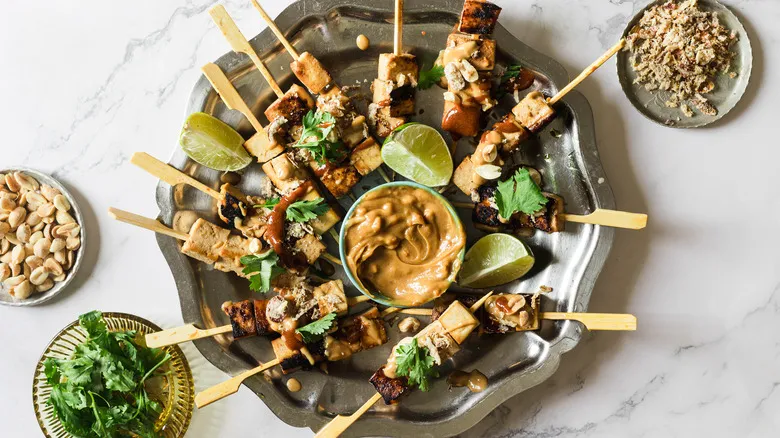
Satay-Style Grilled Tofu Skewers Recipe
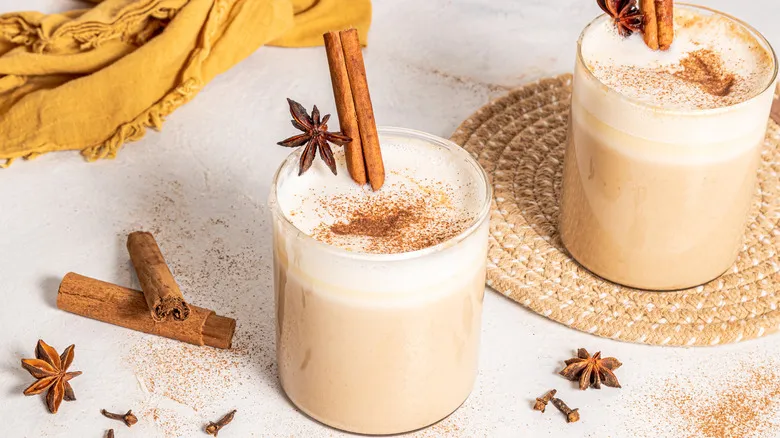
Easy At-Home Pumpkin Spice Latte Recipe
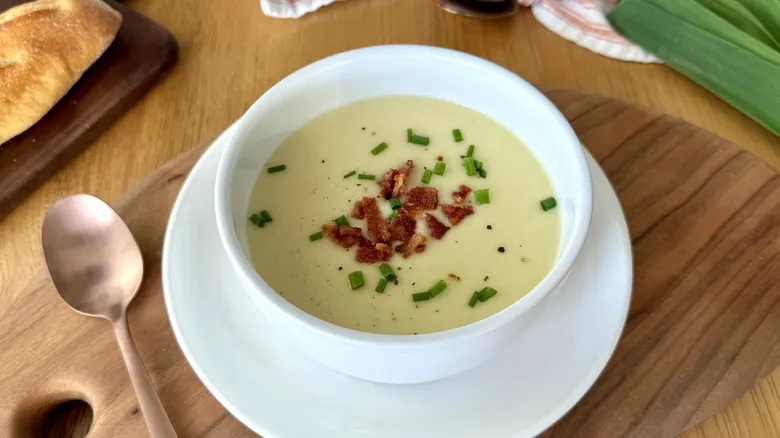
Classic Creamy Potato Leek Soup Recipe
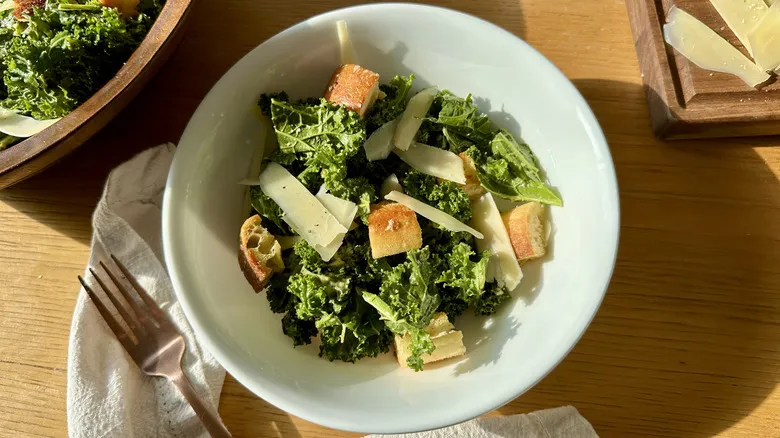
Easy Kale Caesar Salad Recipe
Next up

